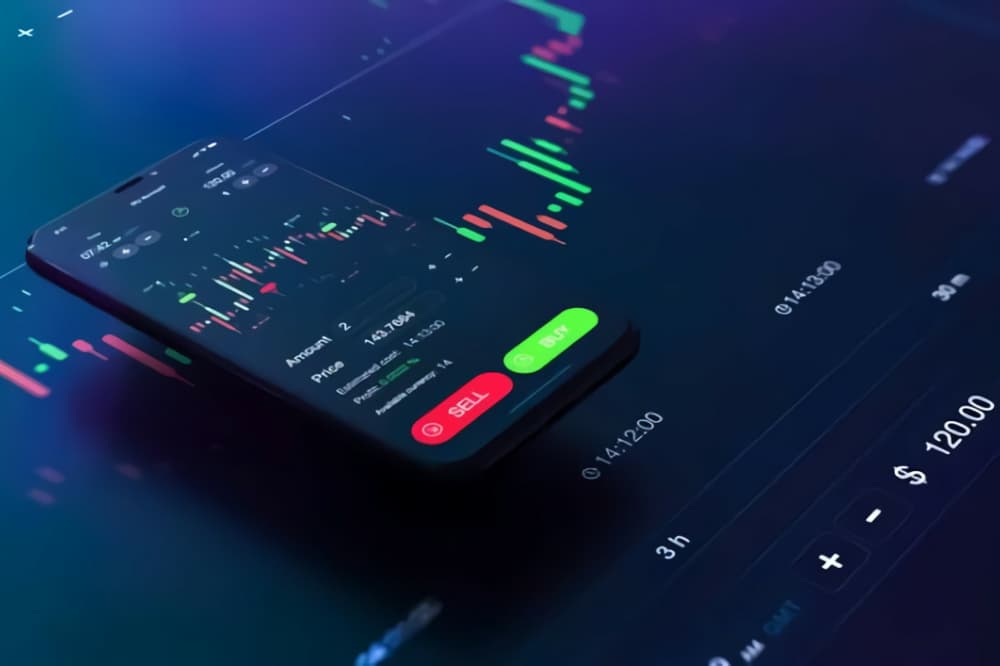The bustling world of financial trading is brimming with strategies and techniques, all vying for that upper edge in the market. Among these, high-frequency trading (HFT) stands out due to its unique blend of sophisticated technology and proprietary algorithms.
With HFT dominating a significant chunk of the global trading volume, understanding its nuances becomes paramount, especially if you’re aspiring to enter trading challenges like the ones hosted by FXIFY.
Understanding High-Frequency Trading
At its core, high-frequency trading is a method used by large institutional investors to trade thousands of orders at extremely high speeds.
By leveraging powerful computer systems, these traders execute large volumes of trades within milliseconds. Their goal? To capitalise on even the smallest fluctuations in market prices, often to the tune of fractions of a penny.
The Role of Proprietary Strategies in HFT
The essence of HFT isn’t just about speed; it’s also about the intelligence behind each trade. This is where proprietary strategies come into play.
Market Making: At a basic level, HFT firms act as market makers, buying and selling financial instruments to provide liquidity to the markets. By constantly offering to buy or sell, they earn the bid-ask spread, profiting from the tiny differences between buying and selling prices.
Statistical Arbitrage: This strategy is rooted in complex mathematical models and computations. Traders use algorithms to identify statistical mispricings in securities and capitalise on them. The trades, though profitable by tiny margins, are made in large volumes, ensuring significant returns.
Tick Data Analysis: Every single change in the price of a security, no matter how minuscule, is termed a ‘tick’. HFT algorithms are designed to analyse these ticks and predict short-term price movements based on historical data.
Order Flow Prediction: Here, the algorithms predict how large institutional orders will impact the market. Once a prediction is made, HFT traders position themselves to profit from the large price shifts these massive orders often cause.
Benefits and Criticisms of HFT
High-frequency trading is a double-edged sword, with both fervent proponents and ardent critics.
Benefits include:
Liquidity Provision: By continuously trading throughout the day, HFT firms inject liquidity into the market, ensuring that other traders can readily buy or sell securities.
Reduction in Trading Costs: The increased competition brought about by HFT has led to a significant reduction in trading costs over the years.
However, critics argue that:
Market Instability: Due to the sheer volume of trades executed by HFT algorithms, they have, at times, caused flash crashes in the market.
HFT and Trading Challenges: The Modern Arena
For budding traders and those eager to dip their toes into the vast ocean of trading, using platforms will be your best bet.
While HFT might seem leagues away for novice traders, understanding its dynamics is crucial, especially if one is gearing up for trading challenges.
Why Trading Challenges Matter in the Context of HFT
Trading challenges offer a real-world simulation of the market environment, albeit at a pace that’s more digestible for beginners. By participating, aspirants can:
Test and Refine Strategies: While you might not have access to HFT algorithms, you can still test various trading strategies, refining them as you learn.
Understand Market Dynamics: Observing market movements during a challenge can provide insights into the impact of HFT on price fluctuations.
Prepare for the Real World: Excelling in a trading challenge can provide a confidence boost, serve as a learning experience, and even open doors to career opportunities in the trading world.
In Conclusion: Embracing the Future of Trading
High-frequency trading, with its blend of speed and strategy, encapsulates the evolution of modern financial markets.
As technology continues to reshape trading, it’s essential for every aspiring trader to understand the forces at play.
Platforms and challenges serve as the perfect springboard, allowing individuals to learn, grow, and potentially thrive in the fast-paced world of trading.
Whether you’re a seasoned professional or an enthusiastic beginner, the ever-evolving landscape of trading awaits your exploration.


























